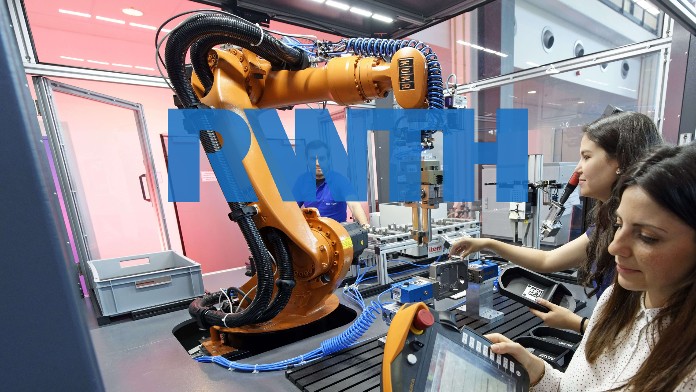The first fruit of NTT’s new tie-up with Cisco on private 5G; the pair have combined to deploy a private 5G network for research purposes at the Rheinisch-Westfälische Technische Hochschule (RWTH) in Aachen, in Germany. It is that valuable thing for an industry looking to popularise cellular for enterprises: a named public reference – something that appears in these pages quite often, but is rare enough in an ever-expanding vendor market, and is more often buried under layers of corporate paranoia and competitive intrigue.
Certainly, NTT and Cisco are pleased to be able to announce the deployment, which has scaled from a pilot into a live network; it is NTT’s headline PR bid during Hannover Messe in Germany, the foremost industrial technology trade fair and the big circus tent in the home of Industrie 4.0 – and a place where, reporting live from the show floor, 5G is struggling to find much of a voice amid the din of machine robotics and clean energy, as well as more pressing concerns about data management and cloud analytics. (More to come from Hannover Messe in the next week.)
Back to the news; the German division of NTT, which announced a global go-to-market system integrator partnership for Cisco’s private 5G system at MWC six weeks ago, has followed up a number of big-ticket 5G wins with car makers (BMW) and airports (Frankfurt, Cologne) by installing a private 5G network at RWTH Aachen University, near the country’s borders with Belgium and the Netherlands. It has deployed a core network from Cisco Systems, mapped to open radio access network (RAN) infrastructure from US-based Airspan.
The university, the story goes, wanted “stronger on-campus connectivity” – including “high bandwidth, real-time data transmission, low latency”, said a statement from NTT – for scientists and students to assist and orchestrate their research activities, and also “complete visibility and control” over the functionality of any new infrastructure. Its new private 5G network is pegged to Germany’s dedicated 3.7-3.8 GHz spectrum provision for enterprises, and covers nine research facilities on the campus.
The statement noted: “The modular [open RAN] architecture processes data in software instead of on chips making it particularly suitable for research projects. RWTH Aachen University will use the private 5G network for various research initiatives, including an EU-funded robot project, location-based emergency route planning, and the use of real-time data transmission in hospital operating rooms. In addition, the university is currently evaluating the possibility of using the campus network as an alternative to WLAN in the future.”
Frank Meeßen, coordinator of 5G activities at RWTH Aachen University, said: “The private 5G network is a very important step into the future for RWTH Aachen University. Thanks to the private radio range, we guarantee interference-free connectivity and can optimally implement our scientific applications. Our partners have… created a network that we can even use flexibly by moving individual antennas.”
Kai Grunwitz, managing director of NTT in Germany, commented: “This quantum leap is made possible by the Cisco technology used in this project. By leveraging… open RAN technology, the possibilities for future expansion and applications are endless.”
Rüdiger Wölfl, channel leader at Cisco in Germany, added: “Together with NTT, we have built a private 5G network that gives RWTH all the capabilities for a fast network, resilient IT security, and modern hybrid work environments.”

